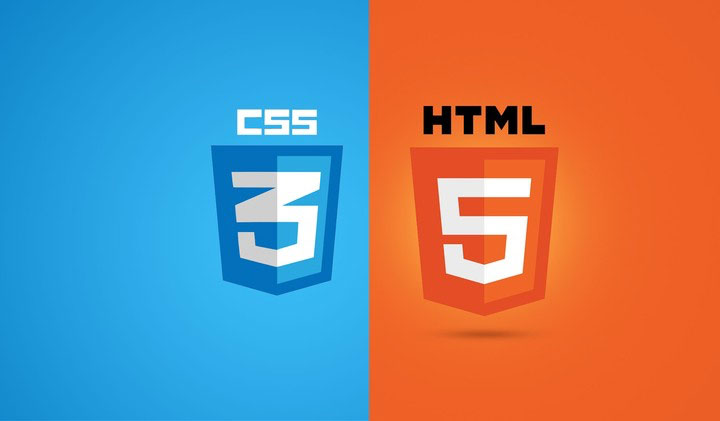How to Vertically and Horizontally Center a div Using CSS: A Simple Guide
Centering a div in CSS can sometimes feel tricky, but there are several ways to do it efficiently. One of the easiest and most modern solutions is using Flexbox. Let’s break down how it works.
1. Flexbox Method (Modern and Recommended)
The Flexbox approach allows you to center elements both vertically and horizontally with minimal code. Here’s how you can use it:
htmlCopy code<div class="container">
<div class="centered-div">
I am centered!
</div>
</div>
Now, let’s apply the necessary CSS:
cssCopy code.container {
display: flex;
justify-content: center; /* Centers horizontally */
align-items: center; /* Centers vertically */
height: 100vh; /* Full viewport height */
}
.centered-div {
background-color: lightblue;
padding: 20px;
width: 300px;
height: 200px;
}
Explanation:
display: flex;turns the.containerinto a flexbox, making it a flexible layout container.justify-content: center;centers the child.centered-divhorizontally within the container.align-items: center;vertically centers the.centered-div.height: 100vh;ensures the container stretches to the full viewport height, allowing vertical centering to work.
The result is a perfectly centered div both vertically and horizontally within the browser window. This method is highly flexible and works well in responsive layouts.
2. Absolute Positioning Method (Older Method)
For older browser support or without Flexbox, you can also use absolute positioning:
cssCopy code.container {
position: relative;
height: 100vh;
}
.centered-div {
position: absolute;
top: 50%;
left: 50%;
transform: translate(-50%, -50%);
background-color: lightblue;
padding: 20px;
}
Explanation:
position: absolute;places the.centered-divrelative to the.container.top: 50%;andleft: 50%;move the div to the center of the container.transform: translate(-50%, -50%);adjusts the position to center it exactly.
While this method works, it can be less flexible than Flexbox and may cause issues in more complex layouts.
3. CSS Grid Method
Another modern method involves using CSS Grid, which is just as powerful as Flexbox for centering.
cssCopy code.container {
display: grid;
place-items: center;
height: 100vh;
}
.centered-div {
background-color: lightblue;
padding: 20px;
}
Explanation:
display: grid;transforms the container into a grid.place-items: center;centers the grid item both vertically and horizontally.
This approach is similar to Flexbox but leverages Grid’s simplicity for centering.
Conclusion
For centering a div, the Flexbox method is the most versatile and modern approach. It’s widely supported across all browsers, easy to implement, and works well with responsive layouts. However, if you need backward compatibility, absolute positioning is a reliable alternative. As CSS evolves, techniques like CSS Grid provide additional options that can streamline layout creation.






Leave a Reply